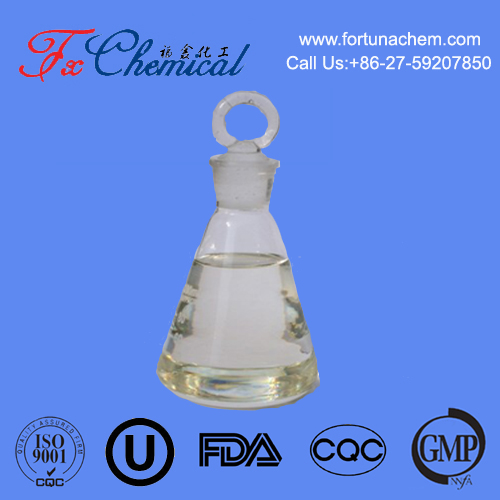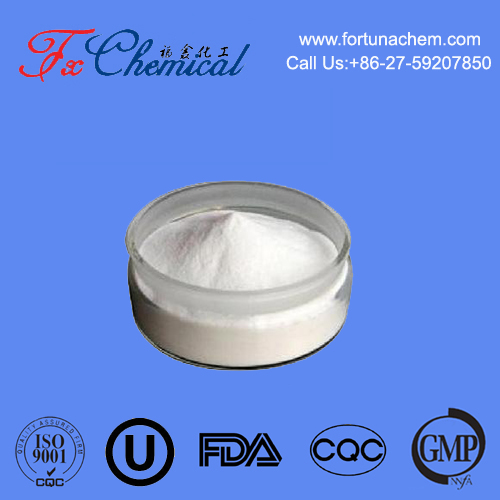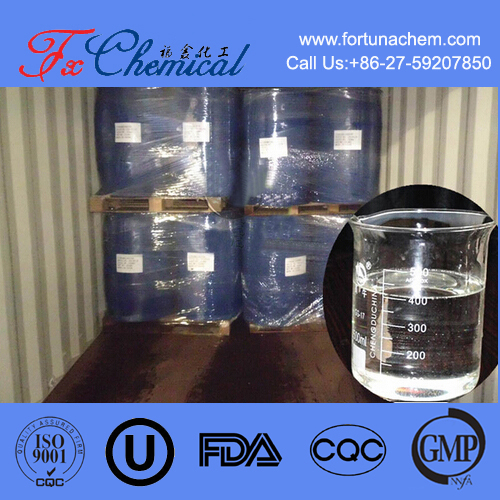
Search

Search


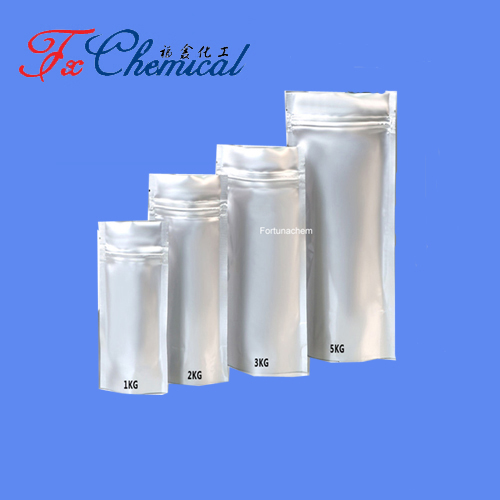
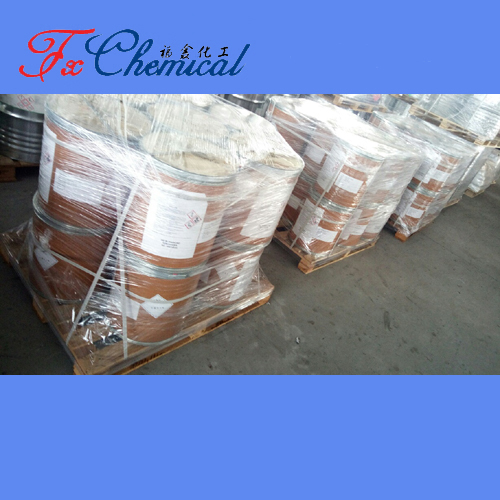
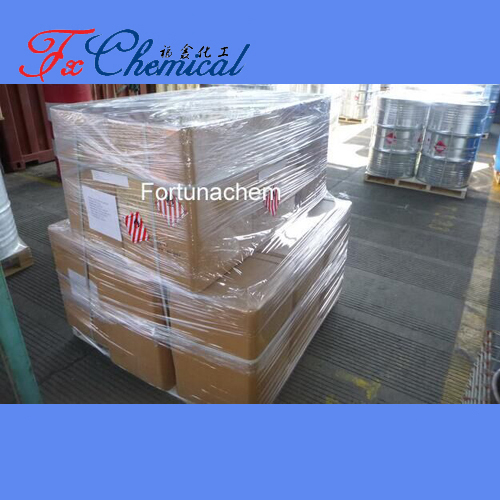






Sodium Phytate is the sodium salt of phytic acid (inositol hexaphosphate).
Formula: Typically C₆H₆O₂₄P₆Na₁₂ (dodecasodium salt).
Structure: A myo-inositol ring with all six hydroxyl groups esterified to phosphate groups, neutralized by Na⁺ ions.
Properties:
Highly water-soluble (vs. insoluble phytic acid).
Potent chelator of metal ions (Ca²⁺, Fe³⁺, Zn²⁺).
Uses:
Food: Antioxidant (blocks metal-catalyzed oxidation), anti-crystallizing agent.
Cosmetics: Eco-friendly chelator (replaces EDTA), stabilizer.
Medicine: Anti-calcification agent, detoxifier.
Note: Acts as an antinutrient by reducing mineral absorption. Biodegradable.
Sodium phytate is the sodium salt of phytic acid (myo-inositol hexaphosphate), a naturally occurring compound found in plant seeds and grains. Its chemical characteristics are summarized below:
Core Structure:
Derived from myo-inositol (a cyclic 6-carbon sugar alcohol) with all six hydroxyl groups esterified to phosphate groups (–H₂PO₄).
Sodium phytate forms when phytic acid’s acidic protons are replaced by sodium ions (Na⁺).
Molecular Formula:
Common form: C₆H₆O₂₄P₆Na₁₂ (dodecasodium salt, fully deprotonated).
Phytic acid: C₆H₁₈O₂₄P₆
Sodium phytate: Typically exists as a mixture due to partial/full salt formation.
Functional Groups:
Six phosphate groups (high negative charge).
Acts as a strong chelating agent for multivalent metal ions (e.g., Ca²⁺, Fe³⁺, Zn²⁺).
| Property | Description |
|---|---|
| Solubility | Highly soluble in water (unlike phytic acid, which is insoluble). |
| Chelation | Forms insoluble complexes with di-/trivalent metals, reducing bioavailability. |
| pH Stability | Stable in neutral/alkaline conditions; hydrolyzes to lower inositol phosphates in acid. |
Food Industry:
Preservative & Antioxidant: Binds pro-oxidant metals (Fe³⁺, Cu²⁺) to prevent lipid oxidation.
Texture Modifier: In beverages and canned foods to inhibit mineral crystallization.
Cosmetics:
Chelator: Replaces EDTA in "green" formulations to stabilize products.
Antimicrobial: Enhances preservative efficacy by sequestering metal cofactors.
Pharmaceuticals:
Anti-calcification Agent: Prevents calcium deposition in medical devices.
Detoxification: Binds heavy metals (e.g., lead) in therapeutic chelation.
Agriculture:
Animal Feed Additive: Reduces environmental phosphorus pollution by binding dietary minerals.
Antinutrient: Impairs mineral absorption (iron, zinc) in monogastric animals/humans.
Anticancer Potential: Studied for roles in cell signaling and antioxidant protection.
Note: Sodium phytate’s utility stems from its high charge density and metal affinity, making it a versatile, biodegradable alternative to synthetic chelators like EDTA.
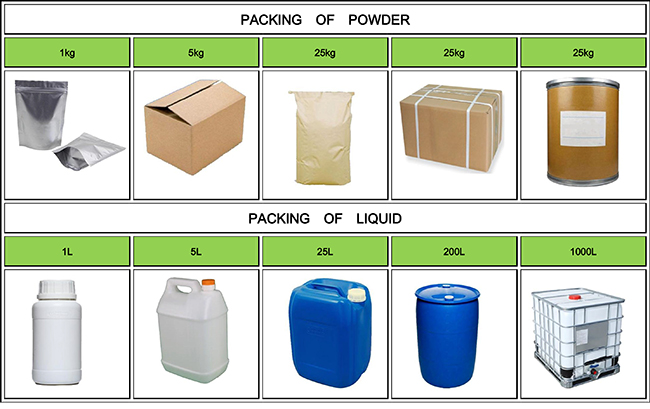

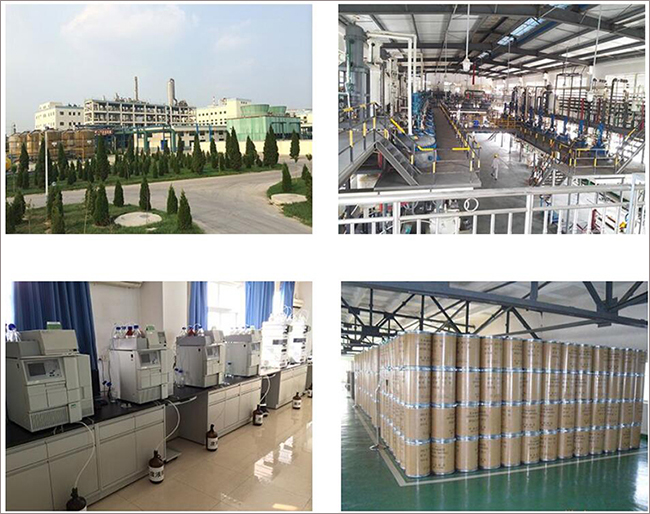

Fortunachem Provides Not Only Professional Chemical Products But Also Professional Help
Keeping you up-to-date with all the latest information, news, and events about Fortunachem!

Quick Links
Add:
E-mail:
 English
English  Español
Español  français
français  العربية
العربية 